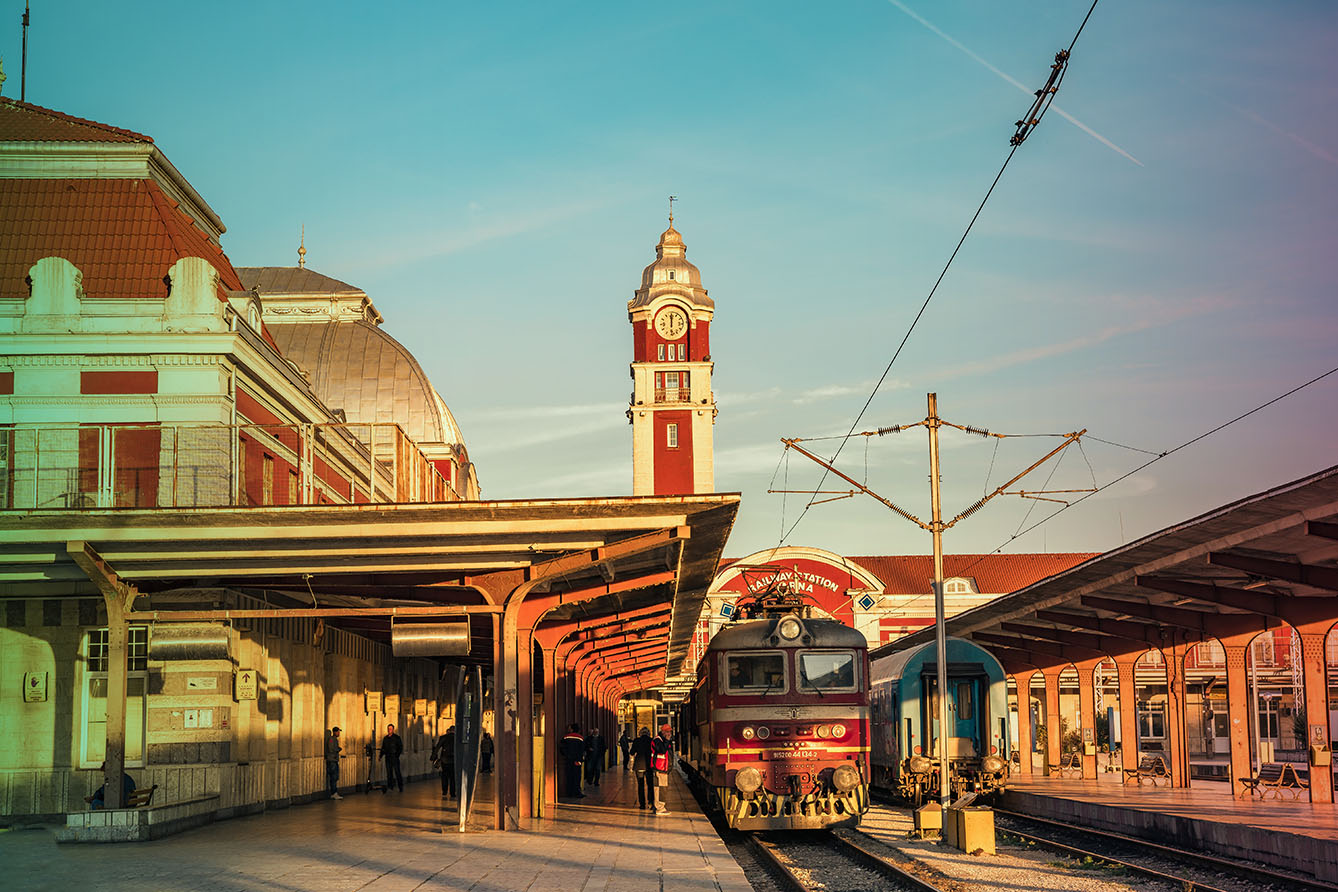When the Orient Express went on its maiden journey in 1883, the final stretch traveled by rail before arriving in Istanbul was between the Bulgarian cities of Ruse and Varna. Considered by the passengers at the time as the “wildest” stretch along the route, today, the Ruse-Varna railway is a bottleneck that limits the speed with which passenger and freight transport takes place in south-eastern Europe. That is about to change, as a Three Seas project will create better conditions on the route in the coming years, linking Central Europe with south-eastern Europe and far beyond.
The Ruse-Varna railway: history, still alive
Construction of the Ruse-Varna railway line, the country’s first, was started in 1864 by the Ottoman Empire, which would still control the country for another 14 years. The Ottomans commissioned its construction to an English company managed by William Gladstone, who served as British PM for a total of 12 years and is considered one the most important British politicians of the 19th century.
Today, the Ruse-Varna railway plays a crucial role in the transport system of south-eastern Europe as it serves freight transport between the Black Sea port of Varna and the inland port of Ruse on the Danube river. Unfortunately, it has become one of the main bottlenecks of the Bulgarian freight transport system, desperately needing modernization to allow for increased speeds and frequency of trains. Currently, the line runs for 227 km and consists of single and double track rail at different stretches. The average weighted speed is slightly above 60 km/h for passenger and freight trains, which is relatively low.
Thankfully, the EU has recognized the need to improve conditions on the line, allowing Bulgaria to start planning its modernization in 2009. Almost ten years later, in 2018, the Bulgarian railway line was listed as one of the official Three Seas Initiative Priority Projects, and work on it accelerated in the following years. Once finished, the only bottlenecks expected are the champagne bottles that will pop in locations far beyond Bulgaria due to the line’s importance to other countries.
Future transport hub
The modernization of the Ruse-Varna railway will significantly benefit the Rhine-Danube Core Network Corridor (which leads all the way to Strasbourg, France), one of the ten priority axes of the EU’s Trans-European Transport Network. After the rehabilitation works, travel time by fast train will be reduced by 40 minutes while the capacity will increase from 48 to 60 trains per day.
Completion of the modernized railway stretch will also coincide with similar modernization works on the railway leading from the Bulgarian border to Bucharest, Romania, and Thessaloniki, Greece. Taken together, they will significantly improve the flow of goods and people in south-eastern Europe. The improved conditions will move more transport off the roads in favor of rail, reducing harmful emissions and noise pollution.
One hundred thirty-eight years after the maiden journey of the Orient Express, the Ruse-Varna railway is again on the path to becoming the place where East meets West, with all the economic and cultural impacts that the age-old interaction has on Europe.







